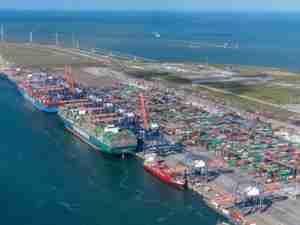The declines are due primarily to the economy, including job losses on Wall Street and throughout the New York-New Jersey region, as well as the global financial downturn that is impacting everything from tourism to international cargo to and from the port.
During the first quarter of 2009, these impacts were experienced at agency facilities:
- Passenger traffic at the region’s airports was down 11.6% compared to the first quarter of 2008, and air cargo dropped 29.8%.
- Bridge and tunnel traffic was down 5.4%. Automobile traffic was down 4.9%, truck traffic declined 11.6%, and buses using the crossings dropped 3%. The biggest impact was felt at the Lincoln and Holland tunnels, traditional crossings for commuters going to and from Manhattan jobs
- On PATH trains, ridership declined 2.3%, the first quarterly decline on PATH since the fourth quarter of 2003.
- Cargo volumes in the Port of New York and New Jersey declined 17.4%, representing the biggest quarterly drop in more than 15 years.
The agency pointed out its overall fiscal condition remained sound. Much of the Port Authority’s revenue stems from stable leases and fees, and the agency has already instituted measures to reduce expenses, including a zero growth operating budget in 2009.
Port Authority Chairman Anthony R. Coscia said, “The economic downturn is having an impact on business throughout our region, and these statistics show the Port Authority is no exception. Our overall financial position remains sound, but we need to tighten our belts and focus our limited resources on making the essential transportation investments that keep the region moving.”
Port Authority Executive Director Chris Ward said, “The Port Authority isn’t recession proof and that’s becoming more and more clear as our facilities report their activity levels. Fortunately, we have already instituted a range of measures like a zero-percent growth operating budget to adjust to this economic reality. We will have to continue to make these difficult spending decisions to position the region for future growth.”










